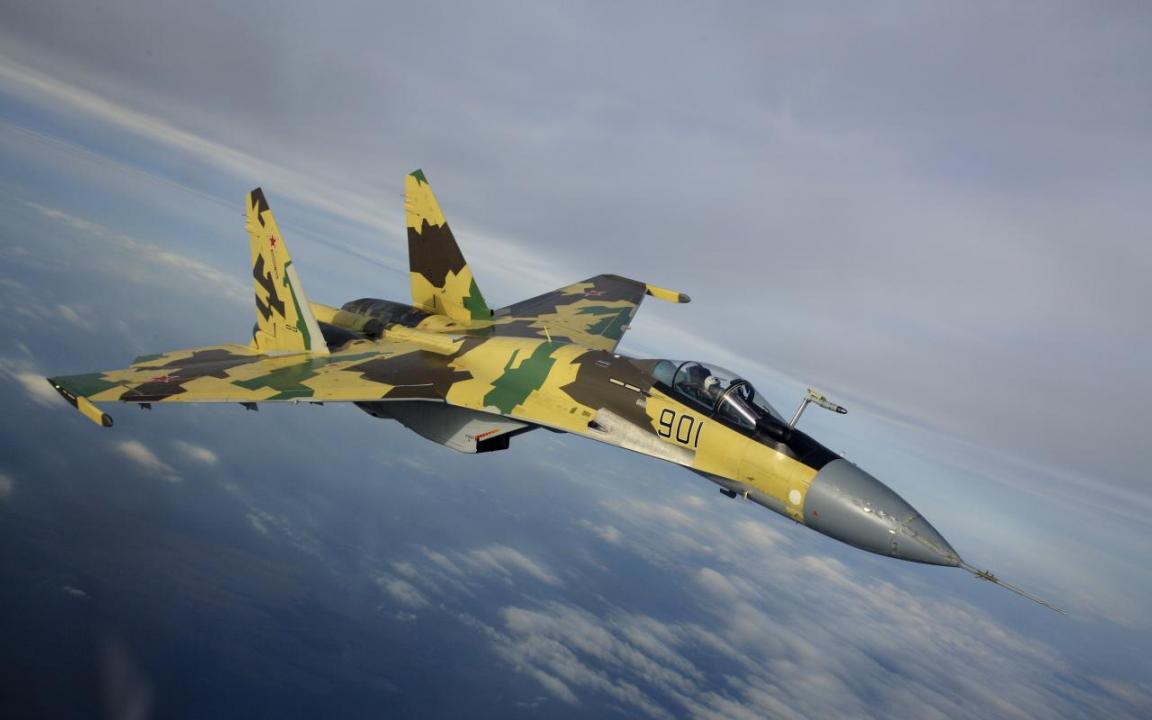The recent announcement that Russia will begin deliveries of S-300 air defense missiles to Iran rocked western governments and Israel.
Russia is set to deliver five battalions of the S-300 long-range surface-to-air missile system, concluding a deal that was originally agreed upon by the two countries in 2007.
Iran has awaited the arrival of the S-300s, which will help the country defend its airspace from hostile aircraft. The presence of the S-300 system will make a raid by American or Israeli aircraft on Iranian nuclear facilities riskier than ever before.
A report by the National Interest Online published on Sunday listed other weapon systems that Iran might be willing to purchase from Russia now that Russia has reopened the pipeline of arms to the country.
Klub Anti-Ship Missile
Iran has a long history of using anti-ship missiles to counter threats in the Persian Gulf.
The purchase of new anti-ship missiles like the Klub would boost Iran's capability to deal with such threats.
The new generation of Russian missiles is faster and smarter, and is even capable of being launched from camouflaged platforms.
The Klub is a turbofan-powered missile that cruises at high subsonic speeds just above the wave-tops. Moments before impact, the Klub pops-up and accelerates to Mach 2.9 and drives onto its target nearly vertically. That dramatically shortens the reaction time for enemy anti-missile defenses.
T-90 Battle Tank
The Iranian Army needs an infusion of new equipment. A sizable percentage of Iran's tank fleet consists of aged armored vehicles.
The purchase of a 1,000 or more T-90 main battle tanks would go a long way toward rehabilitating Iran's tank fleet.
Derived from the T-72, the T-90 is a useful tank. The T-90's 2A46M main gun is lethal, and the gun's ability to fire the Refleks anti-tank guided missile gives it a potential one-shot kill capability out to more than 4,000 meters.
Modern defensive add-ons can help protect the T-90's crew from current threats. Together, a combination of reactive armor tiles, the Shtora laser jamming system and the Nakidka camouflage system can work together to passively protect the tank.
Active protection can be provided by the Arena system, which detects and knocks down incoming anti-tank missiles with radar-aimed rockets.
Su-35 Fighter
Iran's fighter fleet is in need of fresh equipment. The Sukhoi Su-35 fighter jet is a potential option for the Iranian Air Force to modernize its fleet.
The Su-35's airframe is partly made of titanium and radar absorbent materials are used in key areas. NPO Saturn AL-41F1S engines and thrust vectoring nozzles give the Su-35 a potent combination of range, power and maneuverability.
A multi-role aircraft, the Su-35 can engage targets both in the air and on the ground with an advanced electro-optical targeting system. The Irbis-E passive electronically scanned array radar can search for and target attack aircraft at up to 400 kilometers.
The Su-35 also includes a whopping 12 hardpoints for carrying air-to-air and air-to-ground missiles and bombs, fuel tanks and sensors. A long-range multi-mission fighter, it packs plenty of capability into a single airframe that can travel long distances.
Iskander Ballistic Missile
A force of proven and accurate missiles could be a very useful means for Iran to deter potential aggressors. In that respect, the 9K720 Iskander short-range ballistic missile might be ideal.
Iskander is a tactical missile designed to knock out enemy command and control centers, radars and surface-to-air missile sites, airfields and other critical military targets.
Iskander can carry a munitions payload of 1,000 lbs to 1,500 lbs, including a high explosive warhead, submunition dispensing warhead or fuel-air explosives.


